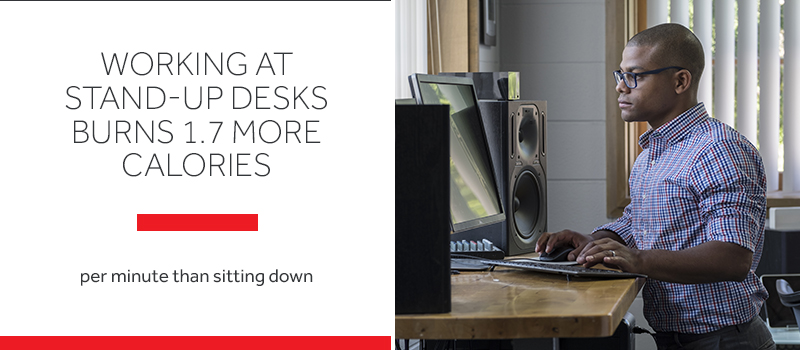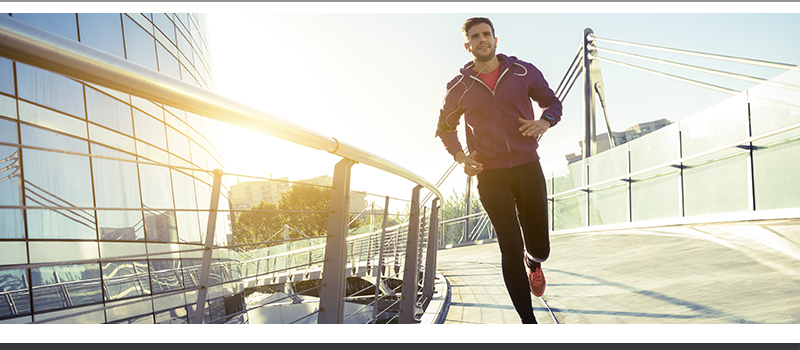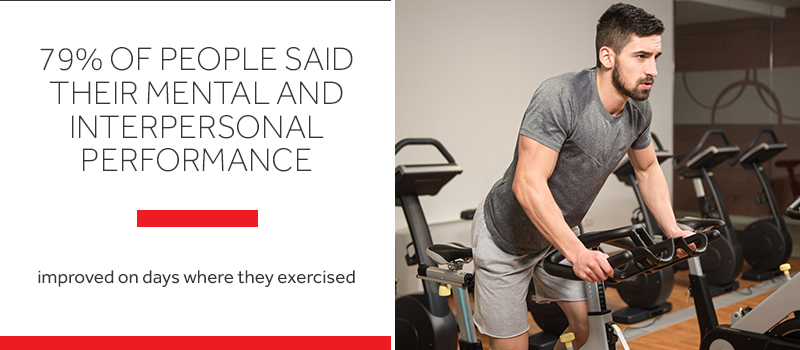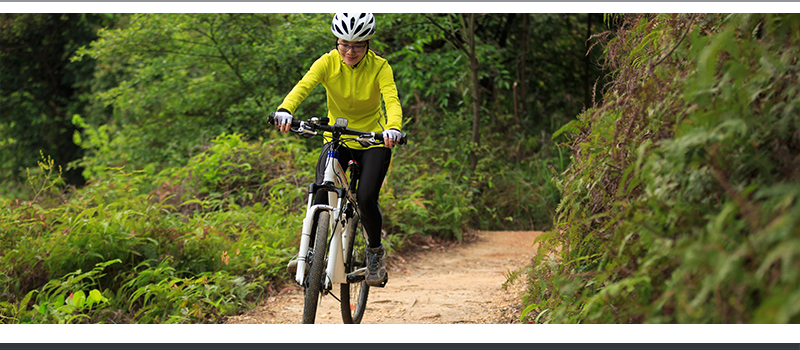
Reading time: 4 Minutes
The office of the future will keep us on our toes, according to Greg Whyte, an Olympic athlete, sports scientist and consultant to FTSE 500 businesses, as well as a member of the British order of chivalry. Whyte spends his time persuading executives that activity equals productivity equals profit.
"Businesses are beginning to understand that an active workforce is more productive,” says Whyte. Not only is there less absenteeism, but there’s more "presenteeism," where employees are significantly more engaged and focused.
Through his Harley Street consultancy in London, the Centre for Health and Human Performance, Whyte advises companies on ways to adapt their offices.

For example, working at a stand-up desk burns 1.7 more calories per minute than sitting down, and promotes better posture through a strengthened core. Stairwells should be bright, well-maintained and signposted, as an attractive alternative to elevators. Vending machines should stock healthy foods and drinks. Even the position of garbage cans can make a difference, making it necessary for people to walk across the office.
The key is activity. “You don’t have to be running around in spandex,” Whyte says. “Moving more and moving more often is the goal. We encourage people to have walking or standing meetings. One of the advantages is that they tend to be shorter,” he adds. (The meetings, not the people.)
Sport equals team spirit
Diccon Loy is a sporting events organizer and health promotion expert who takes fitness at work to the next level. “We sometimes have meetings while we’re running, or we go for a bike ride,” he says.
Loy has organized mass sporting and activity events, including the Home Run event during the 2012 Olympics where thousands of people started running home from work. Another event pitted teams of co-workers against each other in a cycling race in central London.
“When everyone is decked out in their branded helmets and corporate gear – right down to their socks – it becomes so much more than just exercise,” says Loy. “It breaks down barriers in an organization.”
He believes that the best office activities are orchestrated by employees, rather than being formalized and imposed by management. However, business owners can help by installing showers, changing rooms and lockers, along with a secure area for bikes.

Loy’s latest business is Marathon Swims, where individuals and teams (such as work colleagues) race over distances of up to 10 km. “Where you have that team element, that’s the key to cohesiveness and sociability,” says Loy.
Loy once attended a company conference in Cornwall, England. “A group of 12 of us decided to cycle down there instead of going by train. It took us three days and it was one of the best work activities I’ve ever done. We really bonded, because you’re all going through these challenges together. You end up with so many stories to tell.” These shared experiences are a tremendous morale booster in the workplace. Posts on social media also amplify the impact of such events and act as an effective marketing tool.
Swedes are at the front of the pack
In Sweden, "Friskvård" literally means "wellness." It also means a workplace allowance of approximately 7,000 Swedish kronor ($900 US) per year to be spent on gym memberships, sports clubs, dance classes, yoga or various kinds of massages. An advanced version offers an extra week of vacation for employees who exercise for at least three hours a week.
The initiatives are part of a movement that is gaining ground throughout the business world that believes that health and fitness at work bring multiple rewards.

A study from Bristol University found that increased exercise resulted in reduced stress, improved workplace relations, greater concentration and higher productivity. Of the 200 employees surveyed, 72 percent reported improvements in time management on days when they exercised compared with non-exercise days, while 79 percent said that their “mental and interpersonal” performance improved.
For job candidates, access to sports and fitness facilities in the workplace is rising in importance. They are ever more aware of the benefits of exercise, the negative health effects of a sedentary lifestyle and the benefits of workplace team events. (Most of them, anyway.)
Potential employees look at pictures of the latest Google or Facebook offices, with their standing desks, ping-pong tables and gyms, and decide that they would like something similar. “For recruitment, the policies and stories about what a company has done are important,” says Diccon Loy.
With a network of 3,000 locations – many with gym and fitness facilities – Regus could be the partner to help you revamp your office and culture. Contact us for more information about how you can make your space work for your staff.



